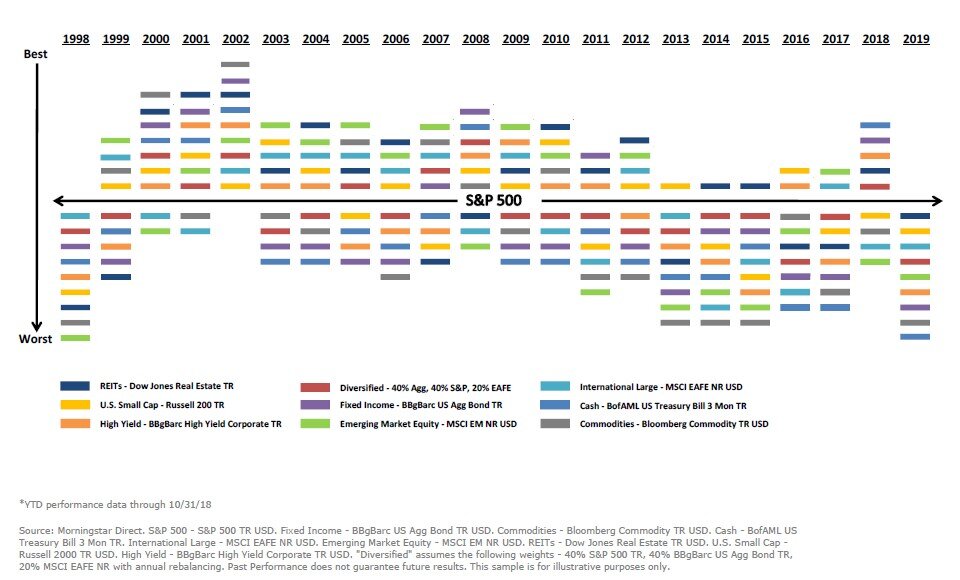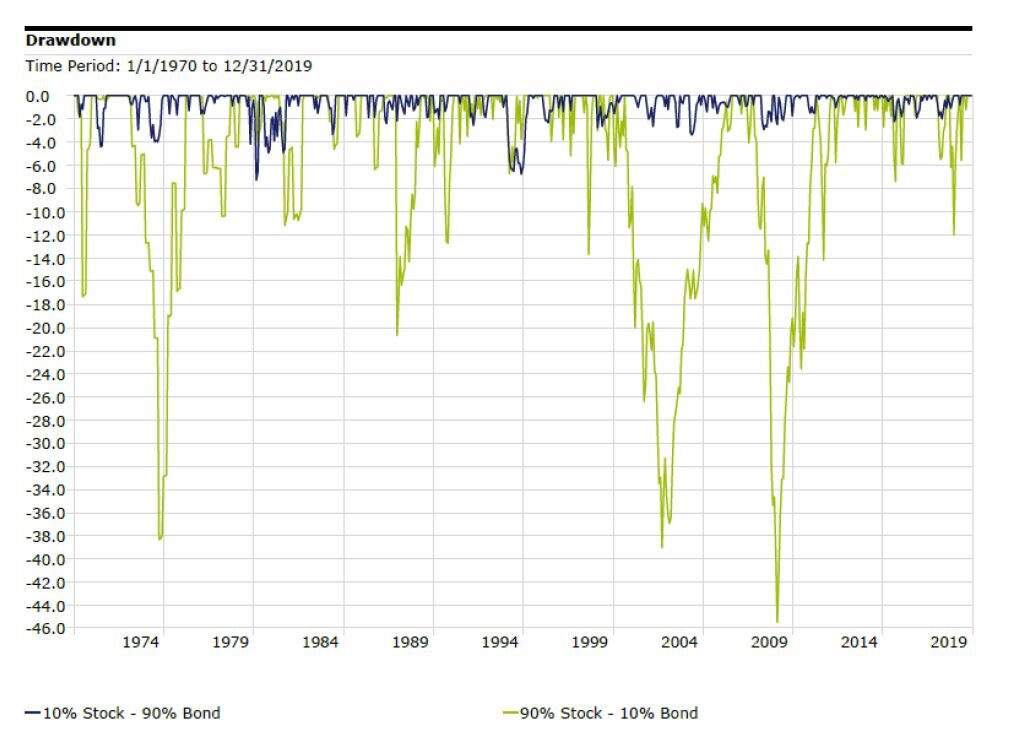 Contributed by: Angela Palacios, CFP®, AIF®
Contributed by: Angela Palacios, CFP®, AIF®
As the economy slowly opened and our grocery store shelves were restocked, the second quarter became one of the best in decades. Tailwinds such as government stimulus, positive trends in “flatting the curve”, economic reopening, good news on virus treatment, and hope of a vaccine gave investors the confidence they needed to flock back into stocks. This comes in stark contrast to the first quarter with a dizzying correction for the S&P 500 down 34% in about one month.
Many are left wondering if this is too good to be true and there are several different and all very valid view points on this matter.
How can equities be back to near-peak levels when we are still in a pandemic?
As indexes recovered much of what they lost in the first quarter, some investors are left scratching their heads wondering how this could be when businesses lost out on so much during the shutdown of the economy. At first glance, this does seem to be strange. There are several possible reasons this has occurred.
1. The hardest hit companies were small businesses not reflected in large indexes like the S&P 500. When people couldn’t frequent their local small businesses for the goods they needed during the shutdown they turned to online shopping from big box places in droves. So, what small businesses have lost, large businesses have gained (at least in the short term).
2. Government provided assistance in the form of forgivable debt to small businesses and issuing checks directly to individuals. So, not only, were people stuck at home with nowhere to spend their income (other than fixed bills), but they were also given stimulus checks. For many, this provided a much needed back stop to pay important bills like a mortgage or car payment. However, the data also shows that much of this has been put away for a rainy day. Check out the historical chart below of the M1 Money Stock (the amount of money held by individuals that is ready to spend. ie. currency and checking account deposits in the US). We have never seen a spike of this magnitude.
As businesses have reopened, many goods and services are in high demand like automobiles and home improvement. People are now spending the money they couldn’t spend while stuck at home and the market is pricing this into results that should be reflected in the next quarter’s earnings reports.
3. Lower interest rates mean home owners can refinance debt at lower interest rates, putting more money in their pockets and less in the bank’s pockets. People can also buy new cars with 0% financing. Lower interest rates also leave those seeking income on investments with very few places to turn other than equities to replace the loss in income.
What could cause the markets to head right back down?
I have this feeling that the economy is balancing on the edge of a knife right now. The momentum is forward toward recovery but several risks could slow or undermine that momentum:
A resurgence of the virus – COVID-19 alone isn’t the cause of a potential market pull back, but this does increase the probabilities of parts of the economy having to close for periods. A good case in point is the recent closure of indoor bar service in parts of Michigan after several bar gatherings have been identified as sources of local spikes in cases. I don’t think we will see widespread shut down of economies again but there will be pockets of this occurring.
Expiration of supplemental unemployment benefits – If people are unable to go back to their jobs, or find new ones, the loss of the extra unemployment income at the end of July could be a significant hit to consumer confidence. This means that the e-spending habits that are currently boosting the economy, could go away very quickly. I view this as the largest risk to the recovery right now because unemployment is at 11.1% nationally with Michigan being one of the hardest-hit states for job loss. As shown by the chart below, we have not experienced such widespread job loss in a recession in recent history. The jobs data from the Bureau of Labor Statistics for June shows that we are adding a large number of jobs back so, for right now, we appear to be improving on this front.
Governments failing to provide more stimulus if needed – How politics play out is always an unknown that cannot be predicted but if shutdowns become more widespread again, people will look to the government for more assistance. If this isn’t provided we could see a swift correction. I believe, if needed, we will see more stimulus in the future as the government has proven with it’s actions that it does stand ready to support the economy.
How many small business will survive? This is a question that only time will tell but the risk is high that many will not. They represent a large employer in the economy so major closures will have a highly negative impact on employment numbers.
What are we doing in response?
The Investment Committee is discussing topics like “How to invest through periods of low to negative interest rates?” and “How do we best help clients achieve their financial goals when deficits and current valuations could be a long term anchor to portfolio returns?” Our Jaclyn Jackson, CAP® recently wrote the blog How To Invest In Turbulent Markets where she articulates what we can control, representing a great summary of what we do behind the scenes for our clients.
Not long ago the markets and the economy seemed to be in freefall, but we just had one of the best quarters ever for market returns. It is important to remember that investors look at whether things are getting better or worse; this is a large driver of markets. At the end of the first quarter, things were getting worse and investors had no idea where a bottom could be or how long we would be shut down. Since then, much has improved, we have more knowledge on this virus and the economy continues to improve which explains why the markets are up (even though the magnitude may not make intuitive sense). These vast swings in sentiment have created many opportunities for changes in portfolios. If you ever have questions regarding the addressed topics and how it relates to your portfolio, please don’t hesitate to reach out to discuss. We are here for you and thank you for your continued trust.
Angela Palacios, CFP®, AIF®
Partner & Director of Investments
Angela Palacios, CFP®, AIF®, is a partner and Director of Investments at Center for Financial Planning, Inc.® She chairs The Center Investment Committee and pens a quarterly Investment Commentary.
Opinions are those of the author and not necessarily those of Raymond James. There is no guarantee that these statements, opinions or forecasts provided herein will prove to be correct. Past performance doesn't guarantee future results. Investing involves risk regardless of the strategy selected The S&P 500 is an unmanaged index of 500 widely held stocks that's generally considered representative of the U.S. stock market. You cannot invest directly in any index.



































